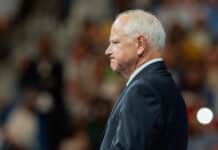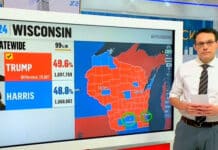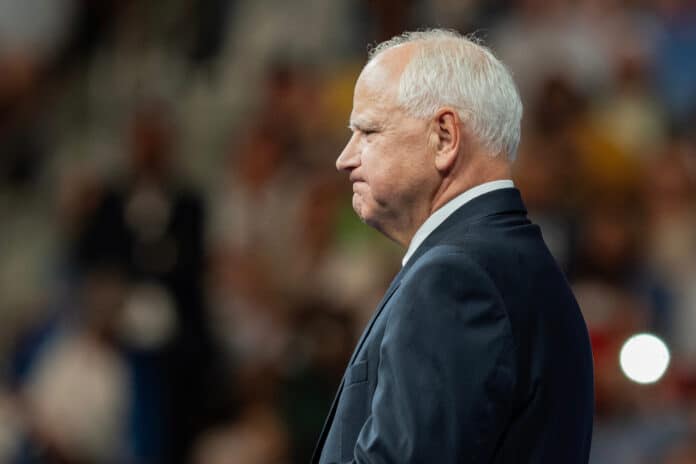
Months ago, Minnesota Gov. Tim Walz was thrust into the national spotlight after being selected as Vice President Kamala Harris’ running mate in the 2024 presidential election. In the course of that campaign, the Minnesota governor became a national name and many thought he would become the third Minnesotan to ascend to the vice presidency.
Then came Donald Trump’s historic victory. The soon-to-be 47th president of the United States won every swing state in the nation, and is winning the popular vote as well. Trump’s victory marks one of, if not the most, impressive political comebacks in American history.
Additionally, Trump’s coattails led the way for Republicans to take back the U.S. Senate, win the U.S. House, and elevate other GOP candidates throughout the country.
While Harris will soon leave office to make way for vice president-elect J.D. Vance, Walz still has two more years left as Minnesota’s governor. What he does next, and how it affects other Minnesota Democrats, will be closely watched in the coming months.
Gov. Walz returns to a closely divided state legislature
Gov. Walz returned to Minnesota last week. However, the political scene in the North Star State is quite different from when he left to campaign with Harris.
When Walz was chosen as Harris’ running mate, Democrats in Minnesota had a “trifecta” in which they controlled the Minnesota House of Representatives, the Minnesota Senate, and the governorship. From 2023-24, Walz was the undisputed chief power-broker in Minnesota, and he used his trifecta to advance many of the left-wing priorities he favors.
Now, the governor returns to Minnesota having not become vice president-elect, having lost his trifecta, having not been able to add to the Democrats’ margin of victory in Minnesota, and having lost his home county to Trump.
To put it mildly, the governor returns in a diminished state.
As such, Walz has some major decisions ahead of him. First, he has to deal with a state legislature that is effectively split right down the middle.
Last Tuesday, Republicans flipped three seats in the Minnesota House. This resulted in the chamber being tied with 67 Republicans and 67 Democrats. Meanwhile, the Democrats have a one seat majority in the Senate. However, three Democratic state senators represent districts that were just won by Trump.
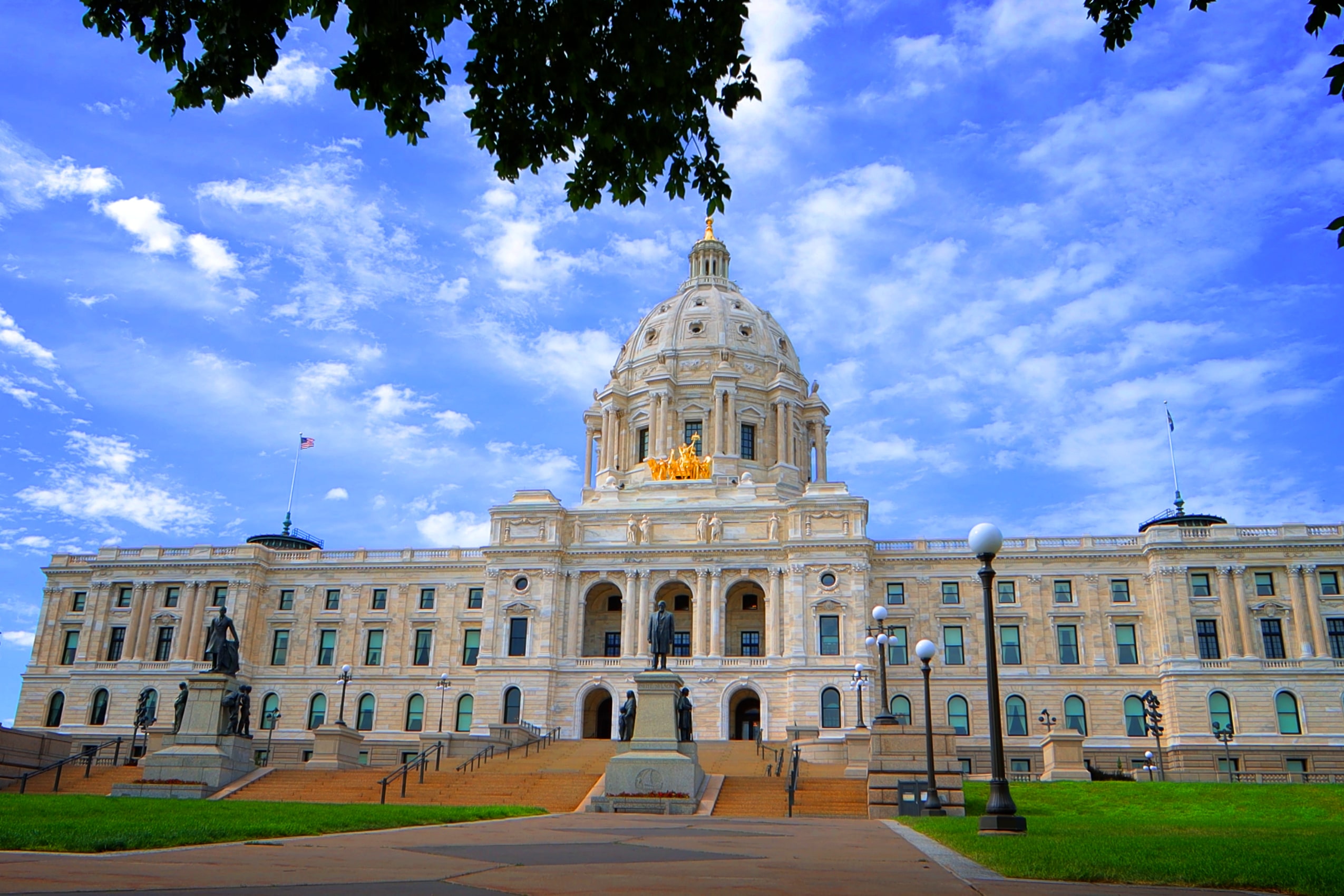
This means nothing is getting through the House without GOP approval, and nothing is getting through the Senate without the backing of some very vulnerable DFL incumbents.
The days of Gov. Walz signing sweeping, left-wing pieces of legislation into law are likely over. Instead, the governor will have to negotiate and compromise with many different groups in order to accomplish even the most basic tasks such as funding the state government.
What are Gov. Walz’s political options now?
Gov. Walz still has two years left in his current gubernatorial term, but he will have to make some pretty big decisions in the near future.
First, Walz could run for a third term as Minnesota’s governor. However, no Minnesotan has ever achieved this feat before. As a matter of fact, since Minnesota implemented four-year gubernatorial terms in 1958, only one governor has ever tried to win a third term: Democrat Rudy Perpich.
Running for his third term in 1990, Perpich lost by 2.3% to Republican Arne Carlson.
Given Walz’s politically bruised state, winning a third term may prove difficult. On top of that, there are many high-ranking Democrats in Minnesota who may be waiting for their chance to seek a higher office. These politicians include Lt. Gov. Peggy Flanagan, Secretary of State Steve Simon, Attorney General Keith Ellison, Rep. Angie Craig, and others.
In fact, political commentator and former DFL operative Blois Olson said last week that Congresswoman Craig “is a name that DFLers are buzzing about if the Governor’s seat is open in 2026 that she would be a leading candidate.”
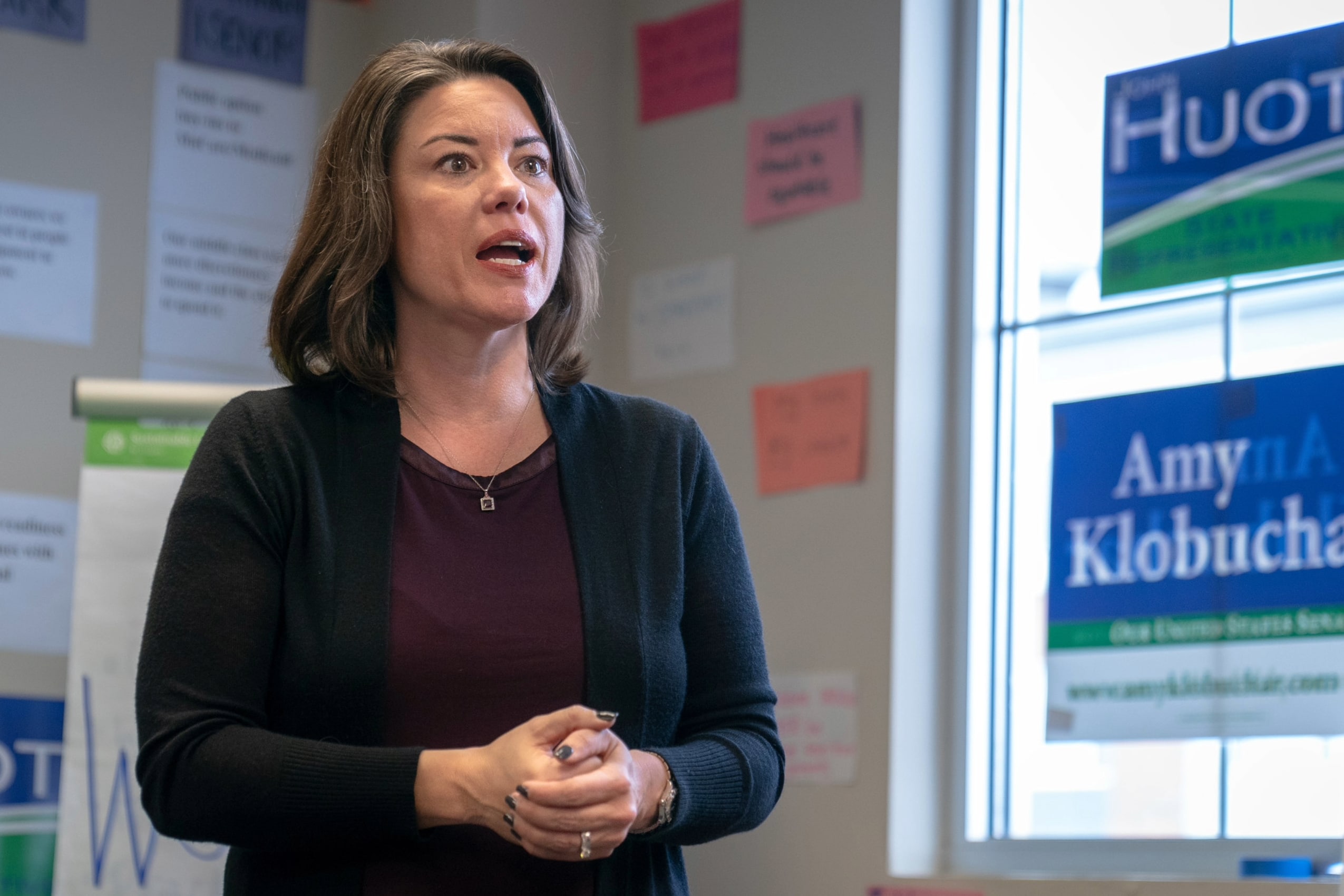
Having represented the south metro area in Congress since 2019, Craig won her first three congressional elections by margins of 3 to 5 points. On Tuesday, Craig won her fourth term in Congress by 13-points against Republican Joe Teirab. Such a wide margin of victory in a seat that many considered to be a toss-up district has undoubtedly boosted Craig’s political capital by a large degree.
Most candidates for governor will likely announce their candidacy in the summer or autumn of 2025. As such, Walz only has a few months to decide if he will run again. If Walz chooses to run for a third term, other Democrats such as Craig could decide to primary the sitting governor.
Should Walz opt against another gubernatorial term, he could run for the U.S. Senate in 2026.
Regarding a potential U.S. Senate race, Minnesota has a U.S. Senate seat up for election in 2026. That seat is currently occupied by Democrat Tina Smith. While Sen. Smith has stated that she will run for reelection, there is a long list of Democrats who would run for the seat if Smith eventually opts against running.
If Smith chooses not to run, the open U.S. Senate seat would undoubtedly attract many Democratic candidates, and perhaps Walz would be among them. One of the candidates who may also run in this scenario is outgoing Congressman Dean Phillips.
Phillips announced on WCCO Radio that he will not seek the governorship in 2026. However, the thrice-elected member of Congress did not rule out running for another public office.
Phillips almost certainly will not run for his old congressional seat since he endorsed Democrat Kelly Morrison’s winning campaign for the west metro district this year. As such, a run for the U.S. Senate would be a plausible next step for Phillips.
Just like the gubernatorial election, most candidates for U.S. Senate in 2026 will be throwing their hat in the ring sometime in the summer or autumn of 2025. Once again, Walz, Phillips, and other candidates would have to decide in the near future if they want to seek the seat.
Still, Walz may choose a different path entirely. Perhaps Walz decides to retire from politics, or perhaps he seeks the highest office in the land.



